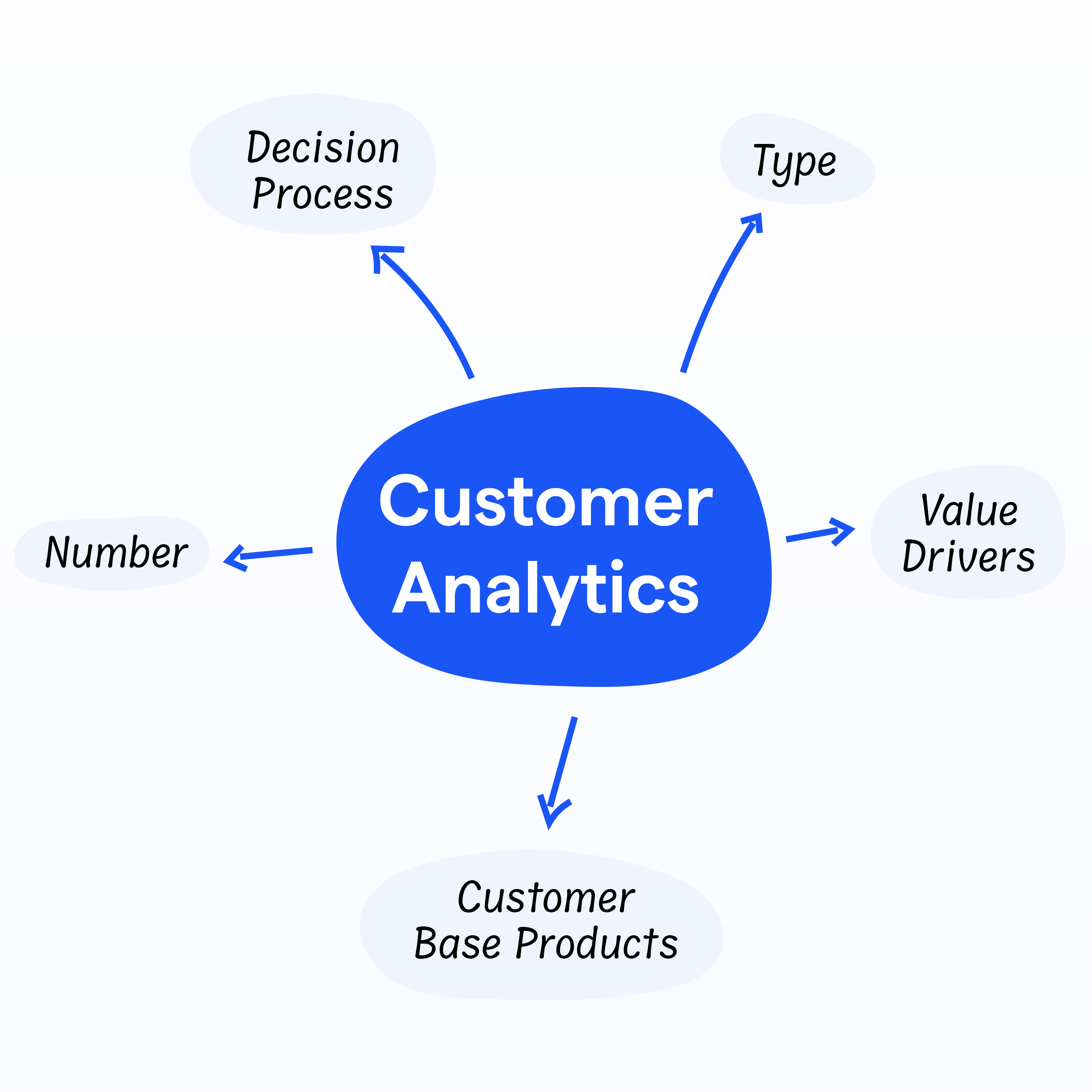What is Customer Analytics?
Customer Analytics is a heart-racing, fascinating field that is all about understanding the actions and the preferences of customers.
The Definition
Simply put, customer analytics translates into analyzing customer behavior through data to inform business decisions. It's leveraging numbers to get a sneak peek into your customer's minds and hearts. It’s like your crystal ball to view and predict customer behaviors.
Importance in Business
The world is data-drunk today and for a good reason. Data helps you spot trends well in advance, aiding in making sound, informed decisions. Businesses that incorporate customer analytics are often more efficient, with their strategies chiseled by insights drawn from the data.
Example:
In India, with rapid digitalization and a booming ecommerce market, customer analytics holds enormous potential. Indian businesses are gradually waking up to the immense possibilities packaged with this approach.
Benefits of Customer Analytics and Why Does it Matter?
Before you dismiss customer analytics as another buzzword, let's dive into why it's the real game-changer in businesses.
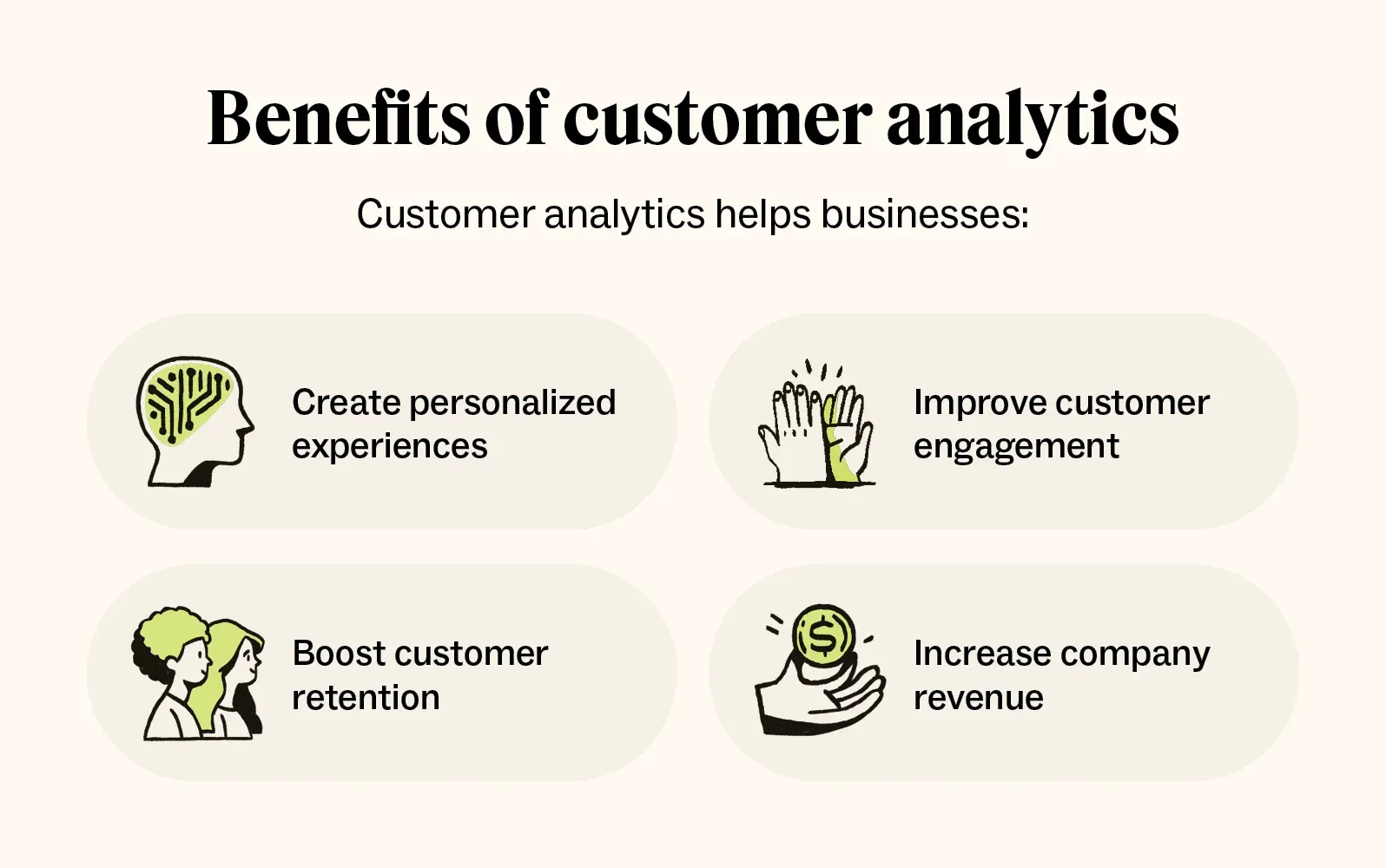
Sharpened Business Strategies
Customer analytics offers you a painstakingly detailed roadmap of your customer's journey. So, when you strategize, it is less of shooting in the dark and more of doing what’s proven to work.
Enhanced Customer Experience
When you understand what your customers want, you can serve them just that, enhancing the overall customer experience. It's all about making your customers feel understood and valued.
Boosted Profits
Inevitably, enhanced customer experience sweetens your bottom line. Customer analytics helps identify the most profitable customers and develop strategies to retain them.
What are the 4 Main Categories of Customer Analytics?
Customer Analytics isn't a monolithic discipline. Here’s how it typically branches out.
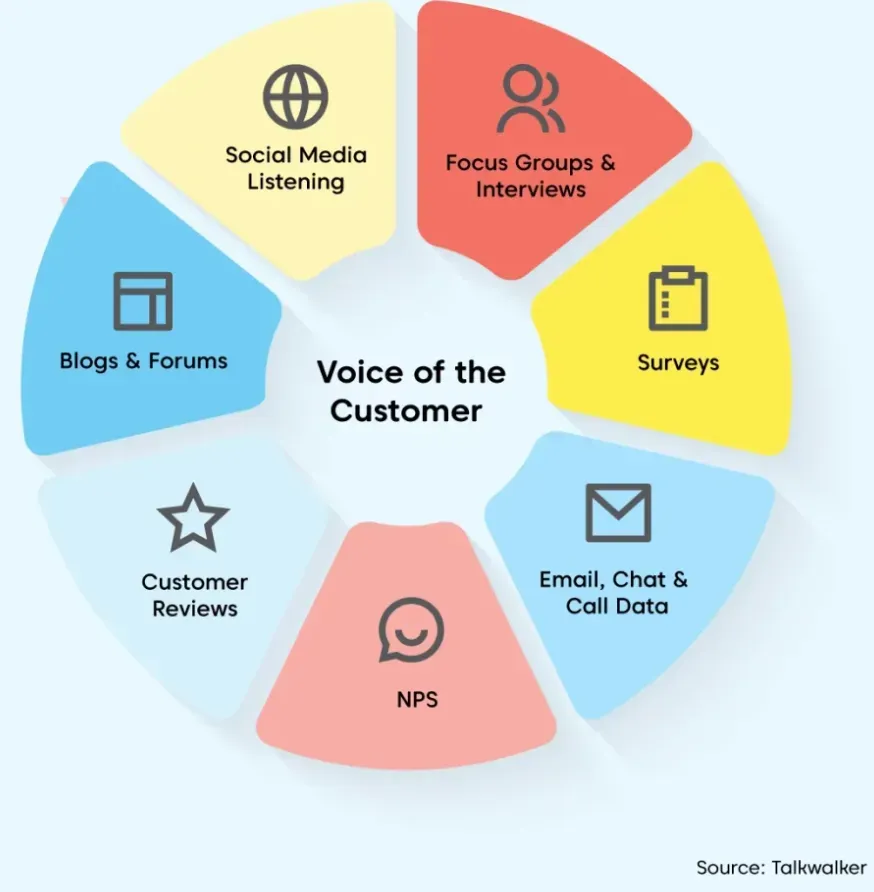
Descriptive Analytics
This is all about understanding what's already happened. Think of it as diving into your data history — past sales trends, previous customer behavior, and past market performances.
Diagnostic Analytics
It's a step-up from descriptive analytics. Consider it your data doctor’s appointment — diagnosing why certain things happened in your business.
Predictive Analytics
Predictive analytics is your soothsayer — predicting what could happen in the future. This involves techniques like data mining, machine learning, and statistical modeling.
Prescriptive Analytics
Finally, prescriptive analytics offers data-backed prescriptions. In other words, it suggests what action you should take to either eliminate a future problem or exploit a promising trend.
Techniques of Customer Analytics?
Quite like the many paths to a treasure, there are also several techniques in customer analytics.
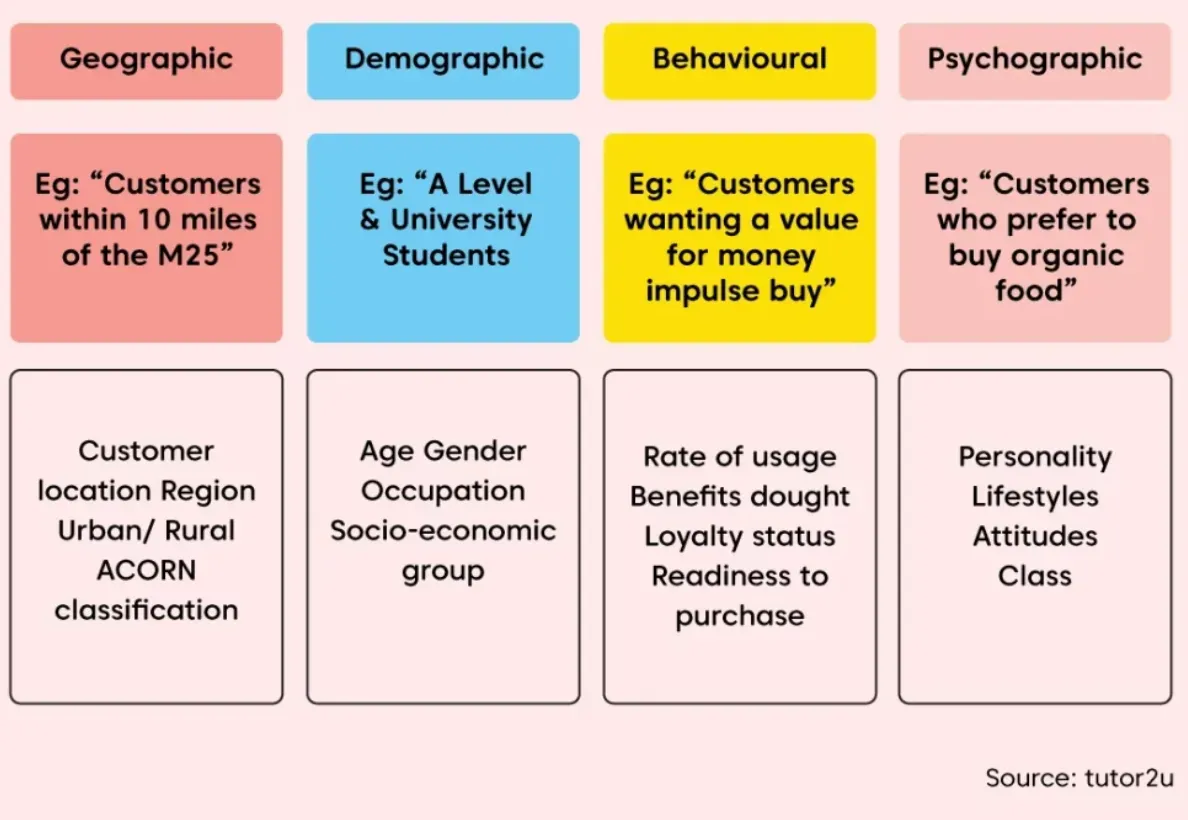
Segmentation
Segmentation involves dividing your customer base into distinct groups based on criteria like demographics, buying behavior, and personal preferences.
Lifetime Value Prediction
Predicting customer lifetime value involves using your data to forecast the total worth of a customer to your business over the course of their relationship with you.
Churn Prediction
Churn refers to when customers stop doing business with an entity. Churn prediction uses data to identify the customers who are most likely to churn, providing you with an opportunity to retain them.
Customer Analytics Tools
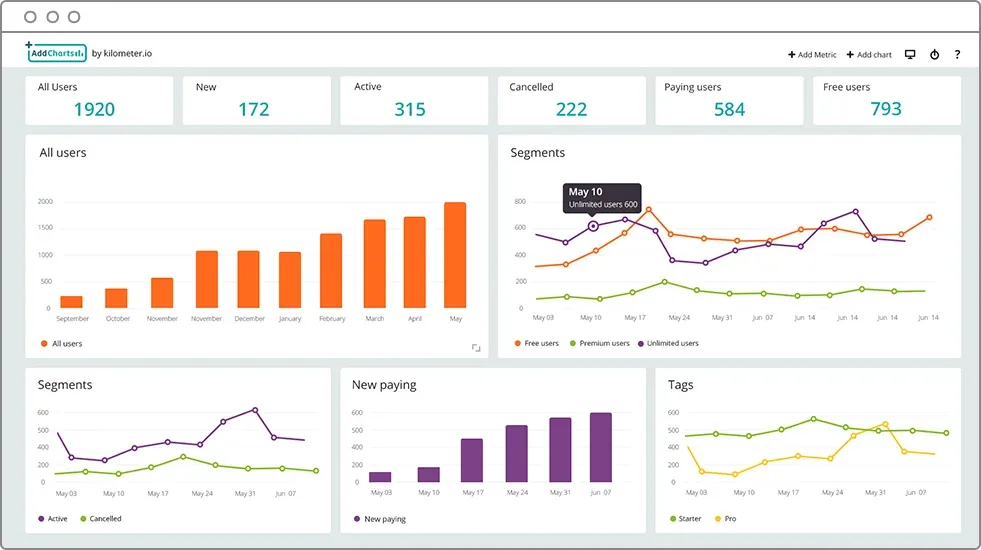
Today, there's a slew of tools out there that can help you capture, interpret, and act on your customer data.
Data Collection Tools
To start with, you need tools to collect data. Websites, social media channels, and point-of-sale systems are all rich sources of customer data. Tools like Google Analytics can help you collect data from these sources.
Data Analysis Tools
Once you have your data, you need tools for analysis. Machine learning tools, predictive analysis software, and customer journey analytics tools help dig up insights from the data.
Data Presentation Tools
Finally, once the data has been analyzed, you need to present your insights. Data visualization tools such as Tableau and Power BI help present data in visually impactful ways.
Examples and Use Cases of Customer Analytics
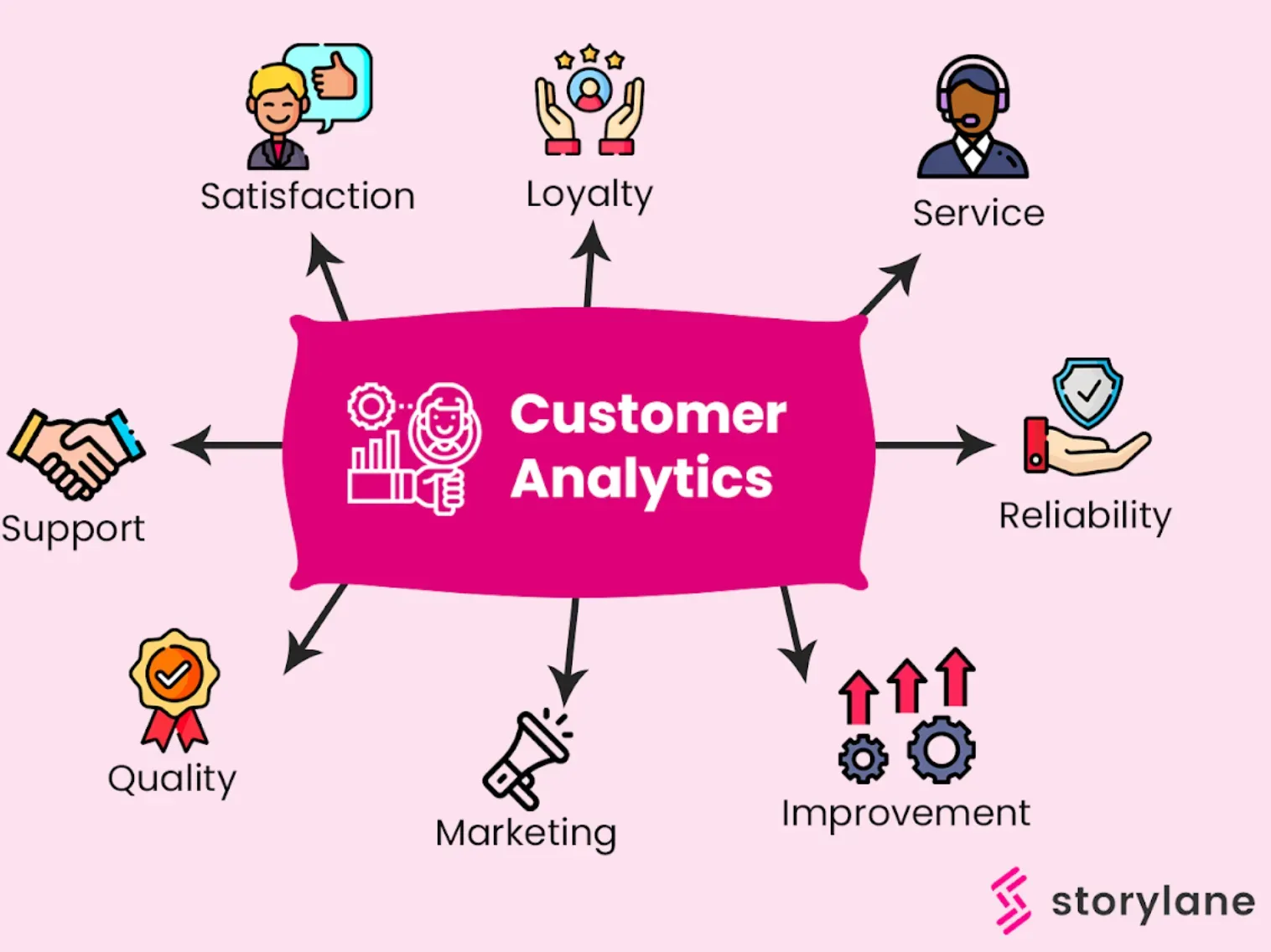
You don't have to take our word for the power of customer analytics. Here are some instances of how businesses have leveraged it in real life.
E-commerce
Amazon uses customer analytics to personalize your shopping experience. Ever noticed how Amazon seems to know what you need? That's customer analytics right there.
Telecommunication
Telecom operators use customer journey analytics to understand customer behavior and reduce churn rates.
Banking
Banks employ customer analytics to up-sell or cross-sell their products, delivering personalized offers to customers.
Frequently Asked Questions (FAQs)
What tools are essential for effective customer analytics?
For effective customer analytics, tools like Google Analytics for web traffic, Salesforce for CRM, Tableau for data visualization, and Python or R for statistical analysis are invaluable. They help in understanding customer behavior, and preferences, and improving customer experiences.
How does customer analytics influence product development?
Customer analytics provides insights into customer needs and feedback, guiding product development towards solutions that genuinely solve customer problems, enhance user satisfaction, and drive innovation tailored to customer demands.
Can customer analytics predict customer churn?
Yes, customer analytics can predict customer churn by analyzing patterns in customer behavior, purchase history, and engagement levels. This helps businesses to identify at-risk customers and implement targeted retention strategies before they decide to leave.
What role does AI play in customer analytics?
AI transforms customer analytics by enabling predictive modeling, personalization at scale, and real-time insights. It helps businesses anticipate customer needs, automate responses, and create more engaging and personalized customer experiences.
How does customer segmentation improve marketing ROI?
Customer segmentation groups customers with similar attributes or behaviors, allowing for more targeted marketing campaigns. This focused approach increases engagement, conversion rates, and ultimately, marketing ROI by ensuring the right messages reach the most receptive audiences.
